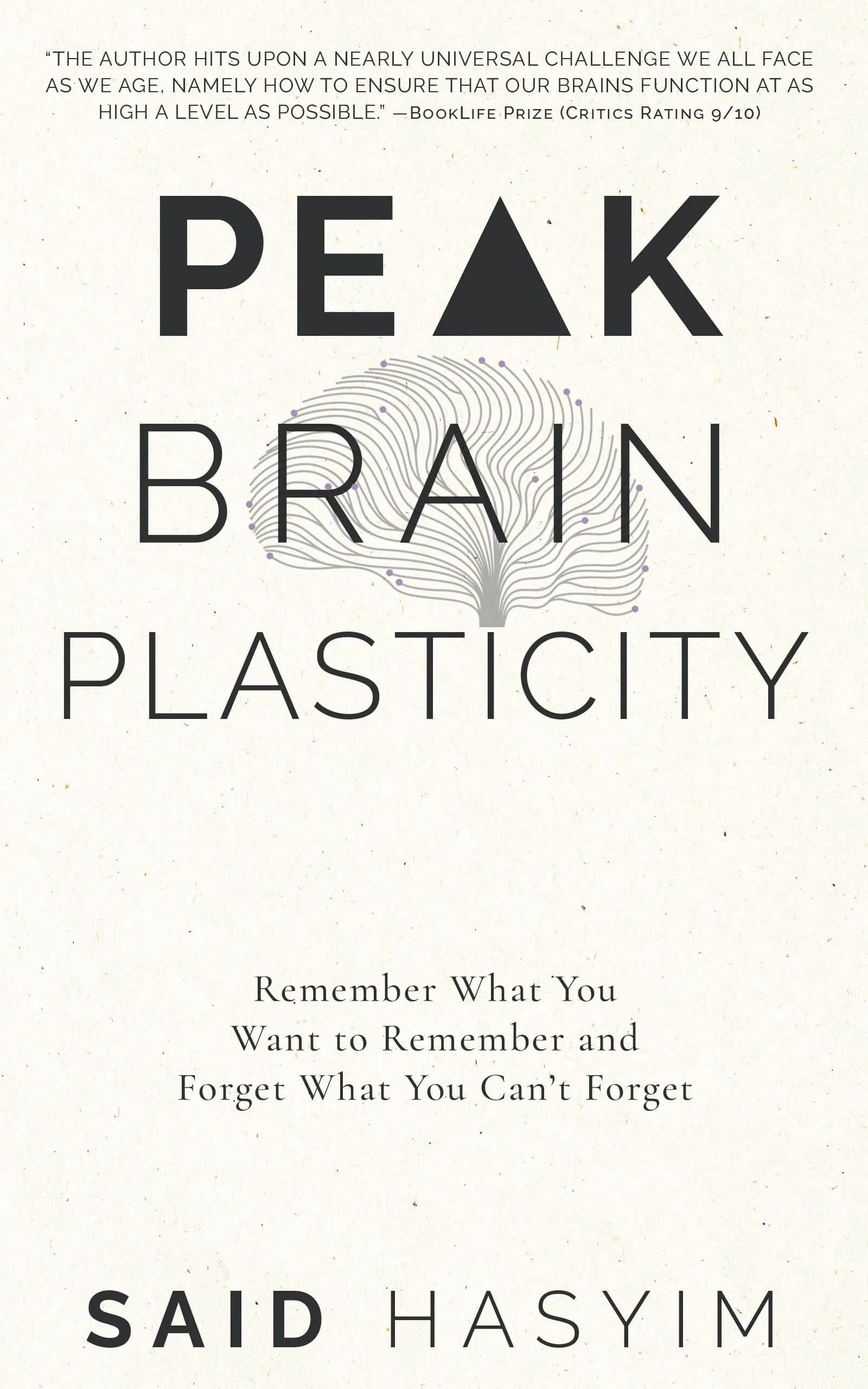Discovering Personalization in Memory Techniques
In our fast-paced world, where information overload is the norm, mastering the art of memory has become essential. While many people resort to standard memorization techniques, the journey of discovering a personalized method can be transformative. Tailoring memory techniques to fit your unique cognitive style can significantly enhance their effectiveness. This blog post explores various memory techniques and offers insights into how to personalize them for optimal results.
The Importance of Memory Techniques
Memory techniques, often referred to as mnemonic devices, are strategies that aid in the retention and retrieval of information. These techniques offer innumerable advantages:
- Efficient Learning: Enhances the ability to absorb and recall information quickly.
- Long-Lasting Retention: Improves the durability of memories over time.
- Organized Thinking: Facilitates structured and organized thought processes.
However, to achieve these benefits, it is crucial to adopt approaches that resonate with your personal preferences, learning styles, and ways of thinking.
Understanding Different Learning Styles
Before diving into different memory techniques, it’s important to understand that individuals have distinct learning styles. Some common learning styles include:
- Visual Learners: Prefer to see information in the form of diagrams, charts, and images.
- Auditory Learners: Retain information more effectively through listening and speaking.
- Kinesthetic Learners: Learn best through hands-on experiences and physical activities.
- Reading/Writing Learners: Favor written words, such as notes and texts.
Recognizing your primary learning style can serve as a guide in choosing the right memory techniques for you. However, many people fall into more than one category, and it can be beneficial to explore a combination of methods.
Exploring Memory Techniques
Now that you understand the importance of personalizing your memory strategies, let’s look at various techniques that can be adapted to suit your learning style.
1. The Method of Loci
The Method of Loci, also known as the Memory Palace technique, is an ancient memorization strategy that involves associating information with specific locations. Here’s how to personalize it:
- Choose a Familiar Place: Instead of a generic building, use a location that is intimately familiar, like your childhood home.
- Add Emotional Connections: Approach each location within your chosen space with an emotional connection, which can boost recall.
2. Chunking
Chunking is a simple yet effective technique for breaking down larger pieces of information into smaller, manageable units. To personalize this method:
- Find Meaningful Groups: Instead of arbitrarily chunking data, group information based on personal relevance—like categorizing numbers by birthdays, anniversaries, or other significant dates.
- Use Visual Cues: For visual learners, create a storyboard in your mind, associating each chunk with an image that represents the content.
3. Acronyms and Acrostics
These memory aids involve creating words or phrases from the first letters of the information you want to remember:
- Personalize the Phrase: When forming an acronym, choose words that resonate with your life or interests. For example, if you are a musician, incorporate music-related terms.
- Create a Story: Turn an acrostic into a mini narrative that reflects your experiences or interests to make it more relatable.
4. The Feynman Technique
Named after physicist Richard Feynman, this technique involves explaining concepts in simple language. To modify this approach:
- Teach Someone Else: Find a friend or family member to whom you can teach the concept, or keep a journal that outlines your understanding.
- Use Analogies: Create analogies based on personal experiences, making the information more relatable and easier to remember.
5. Visualization
Visualization links concepts with vivid mental images, making them more memorable. To tailor this technique:
- Incorporate Personal Symbols: Instead of generic images, visualize your dreams, favorite places, or hobbies to enhance learning and retention.
- Create a Mind Map: Use colors, shapes, and personal experiences in a mind map, which not only aids memory but also makes it visually appealing.
Reflection and Adjustment
Once you’ve started experimenting with different personalized memory techniques, it’s essential to reflect on their effectiveness. Consider:
- What works best for you? Pay attention to which techniques seem the most natural and effective for your unique style.
- Make Adjustments: Don’t hesitate to tweak techniques to better fit your preferences, combining elements from different methods to create a hybrid approach.
The Importance of Mindfulness in Memory
Personalizing memory techniques also involves a degree of mindfulness. Being fully present and engaged during the learning and memorization process can significantly impact retention. Some tips for incorporating mindfulness include:
- Limit Distractions: Create a conducive learning environment by minimizing interruptions.
- Practice Regularly: Establish routine practice sessions to reinforce learning.
- Stay Positive: Maintain a positive mindset toward your capacities to memorize and learn, as confidence fuels memory retention.
Conclusion
Discovering personalization in memory techniques is a journey that can greatly enhance your ability to retain and recall information. Understanding your learning style and preferences, exploring various memory techniques, and being mindful throughout the learning process can lead to remarkable improvements in your cognitive abilities.
As you embark on this adventure, remember that there is no one-size-fits-all approach to memory. Be patient with yourself, and don’t hesitate to experiment until you find the techniques that resonate the most with you. In a world full of information, the power to remember is truly an invaluable skill. Happy memorizing!
Harness the Power of Neuroplasticity
Discover Peak Brain Plasticity, a practical book to harnessing neuroplasticity. Enhance your memory, learn new languages quickly, and alleviate anxiety with effective study methods. Uncover daily habits that impact cognitive health and explore techniques for accelerated learning and memory retention. Unlock your brain's potential for growth and transformation.
